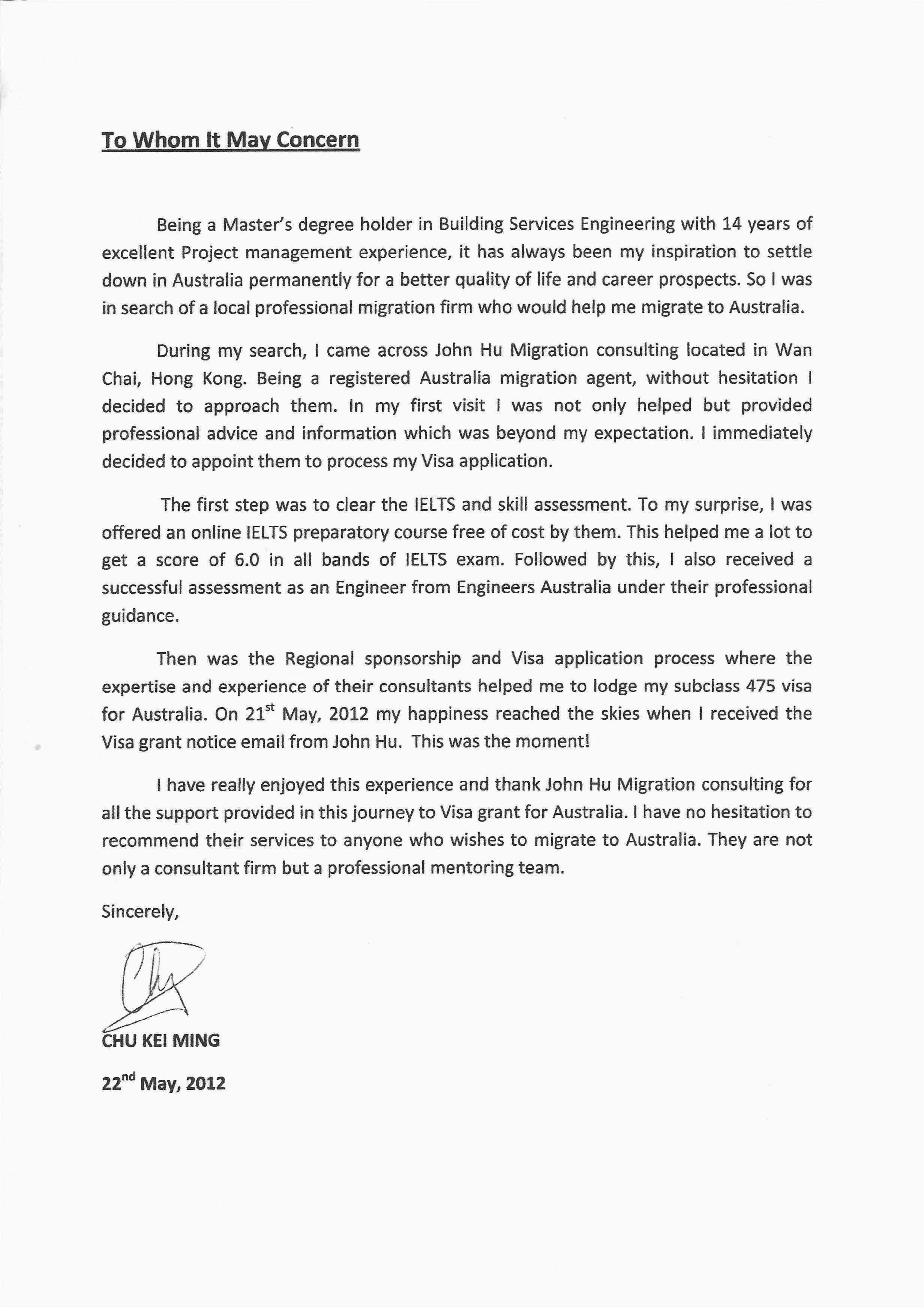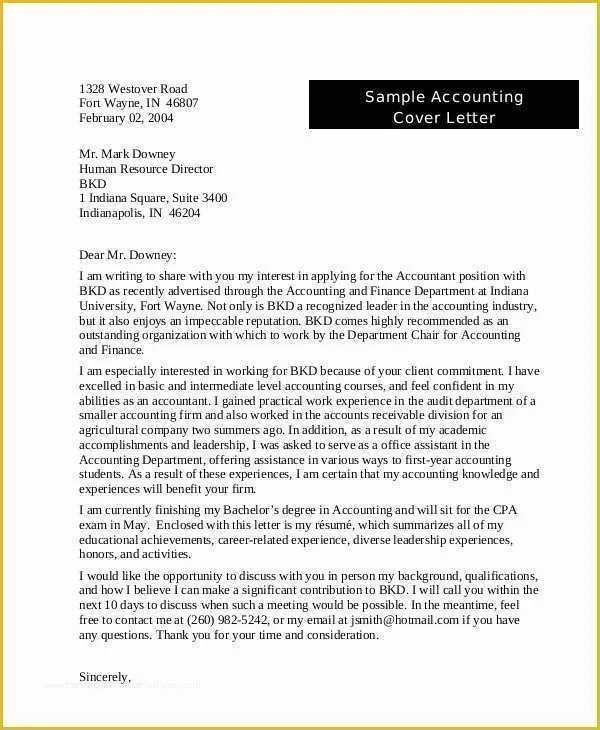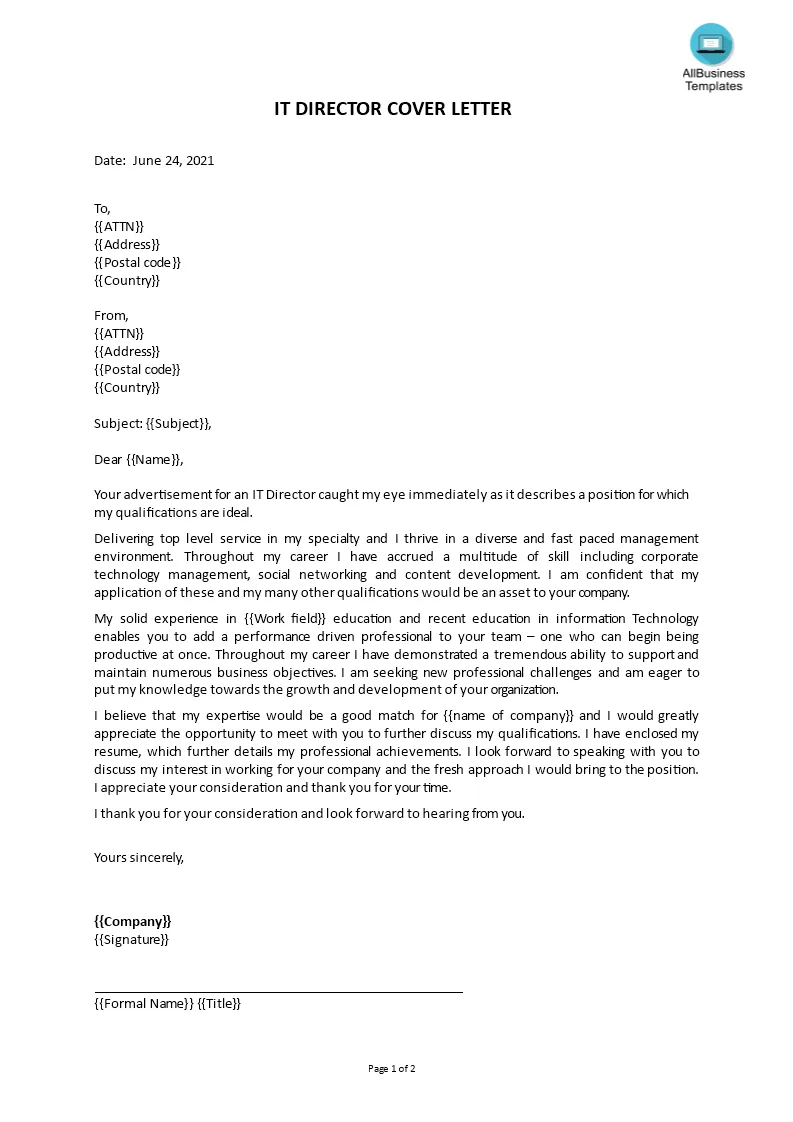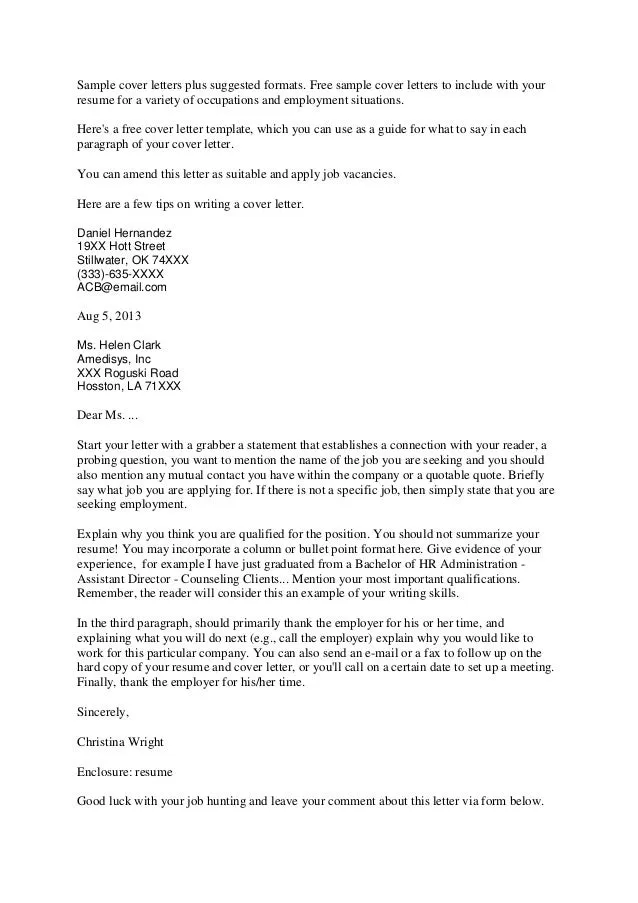Cover Letter Sample by Email What is it?
An email cover letter is a concise message you send in the body of an email when applying for a job. It serves as a brief introduction to your qualifications and expresses your interest in the position. Unlike a traditional cover letter, which is often attached as a separate document, the email cover letter is written directly in the email itself. This format is increasingly common as it offers a quick and direct way for hiring managers to assess your initial suitability. Think of it as your first impression – a chance to grab their attention and encourage them to open your resume. A well-crafted email cover letter demonstrates professionalism, attention to detail, and your ability to communicate effectively, all crucial skills that employers seek.
Key Elements of an Email Cover Letter
Several key elements make up an effective email cover letter. Start with a professional greeting, addressing the hiring manager by name if possible. Next, state the position you’re applying for and where you found the job posting. In the body of the email, briefly highlight your relevant skills and experience, aligning them with the job requirements. Quantify your accomplishments whenever possible using numbers and data to showcase your impact. Express your enthusiasm for the role and the company, demonstrating that you’ve done your research. Conclude with a call to action, encouraging the hiring manager to review your attached resume and contact you for an interview. Finally, close with a professional closing and your contact information.
Email Subject Line Secrets

The subject line is the first thing a hiring manager sees, making it critical for getting your email opened. A clear and concise subject line is essential. Include the job title and your name in the subject line. For example, “Software Engineer Application - Jane Doe.” Avoid generic subject lines like “Job Application.” If the job posting specifies a particular subject line format, adhere to it meticulously. This demonstrates your attention to detail and shows that you follow instructions. Keep it brief, professional, and easy to understand. The goal is to immediately inform the recipient about the email’s purpose and make it easy for them to identify and prioritize your application among many others they receive. A well-crafted subject line significantly increases your chances of getting your email cover letter read.
Writing the Body of Your Email Cover Letter
The body of your email cover letter should be concise and focused. Start by expressing your interest in the position and the company, mentioning where you saw the job posting. In the next paragraph, highlight 2-3 of your most relevant skills and experiences, connecting them directly to the job requirements. Use action verbs and quantify your accomplishments to demonstrate your value. For example, instead of saying “Managed projects,” say “Managed and successfully delivered 5 projects, resulting in a 15% increase in efficiency.” Show that you understand the company’s mission and values. Mention something specific that attracts you to the company. End with a strong call to action, expressing your eagerness for an interview and thanking the hiring manager for their time and consideration. Keep it brief, aiming for no more than four or five paragraphs.
How to Format Your Cover Letter Email
Formatting your email cover letter correctly is crucial for readability and professionalism. Use a clean, easy-to-read font like Arial, Calibri, or Times New Roman, with a font size between 10 and 12 points. Use single spacing within paragraphs and double spacing between paragraphs to create visual breaks. Left-align your text and avoid using excessive indentation or special formatting that might not render correctly across different email clients. Break up long blocks of text into shorter paragraphs to improve readability. Make sure to include a professional greeting, such as “Dear Mr./Ms. [Last Name],” or “Dear Hiring Manager,” if you don’t know the name. End with a professional closing, such as “Sincerely,” “Best regards,” or “Thank you,” followed by your full name and contact information.
Formatting Tips for Your Email Cover Letter

Pay close attention to the formatting of your email. Ensure that your email is well-organized and easy to read on any device. Limit the use of bolding and italicizing to emphasize key points sparingly. Avoid using colorful fonts or excessive formatting, which can be distracting and unprofessional. If possible, test your email by sending a copy to yourself or a friend to see how it renders in different email clients. This helps catch any formatting issues before you send it to the hiring manager. Maintain a consistent format throughout the email to ensure a polished and professional appearance. The goal is to make your email easy to read and convey professionalism, showcasing your attention to detail and respect for the hiring manager’s time.
Attaching Your Cover Letter & Resume
When sending an email cover letter, attach your resume as a separate file. Use a professional file format, such as PDF, to preserve the formatting of your documents. Name the files clearly, using your name and the document type. For example, “JaneDoe_Resume.pdf” and “JaneDoe_CoverLetter.pdf”. Ensure that the attachment is included before sending the email. Always double-check that the correct files are attached, as a common mistake is attaching the wrong version or an outdated document. In the body of your email, clearly mention that your resume is attached for their review. This provides an additional prompt for the hiring manager to open the attached documents, thus ensuring they are aware of your qualifications. Before sending, verify that the attachments open correctly and look as intended.
Proofreading and Editing Your Email
Proofreading and editing your email cover letter is crucial for making a positive impression. Carefully review your email for any grammatical errors, spelling mistakes, or typos. These errors can undermine your credibility and professionalism. Read your email aloud to catch any awkward phrasing or sentence structures. Check for consistency in your formatting and tone. Ask a friend, family member, or career advisor to proofread your email for a fresh perspective. They may catch errors you’ve overlooked. Ensure that your contact information is accurate and up-to-date. A well-proofread and edited email demonstrates your attention to detail and commitment to quality. It leaves a positive impression on the hiring manager, increasing your chances of being considered for the position.
Sending Your Email Cover Letter

Before sending your email cover letter, take a few final steps to ensure it is ready. Verify the recipient’s email address to avoid sending it to the wrong person. Send the email from a professional email address, such as your name or a variation of your name. Review the subject line one last time to ensure it is clear and concise. Personalize the email by addressing the hiring manager by name, if known. If possible, customize the email to match the specific job requirements and company culture. Send the email at a reasonable time, considering the recipient’s time zone. Avoid sending emails late at night or very early in the morning. Once you are satisfied, send the email and be confident in your application. Your attention to detail and professionalism will make you stand out.
Following Up After Sending Your Email Cover Letter
Following up after sending your email cover letter is a good practice. Wait a reasonable amount of time, typically one to two weeks, before following up. If you have not heard back, send a brief and polite follow-up email. In the follow-up, reiterate your interest in the position and the company. Reference any specific details from the job posting or your conversation with the hiring manager. Keep the follow-up concise and professional, expressing your enthusiasm for the opportunity. If you still haven’t received a response after a second follow-up, consider it a sign that the company has moved on. While it’s important to follow up, avoid being overly persistent or sending multiple emails. If the company has provided a specific timeline for response, adhere to it. A well-timed and professional follow-up demonstrates your continued interest and commitment.
